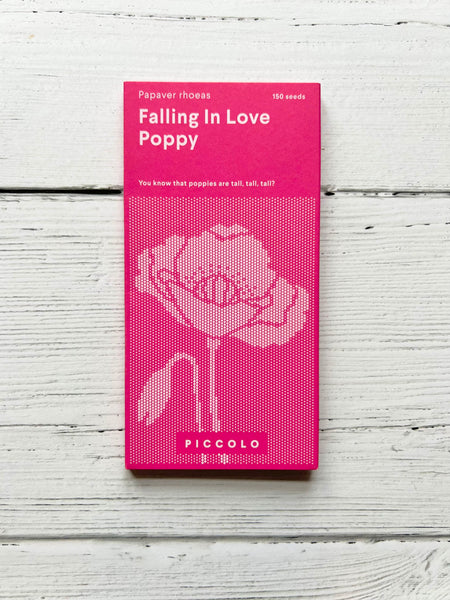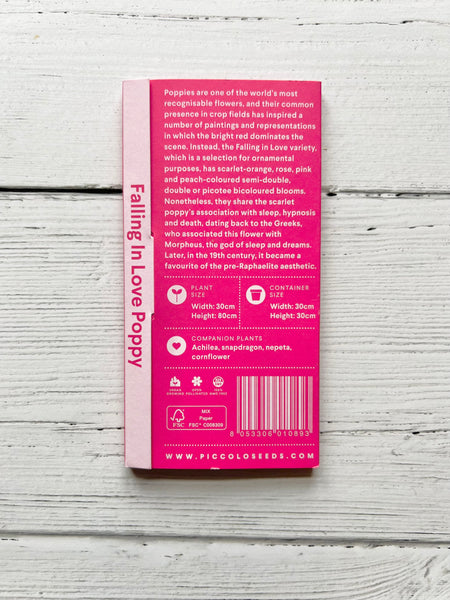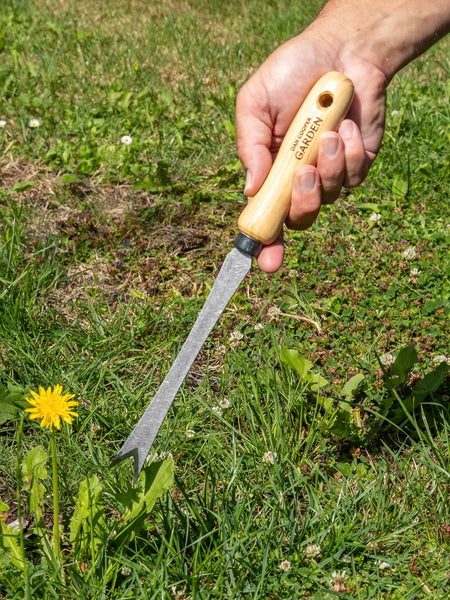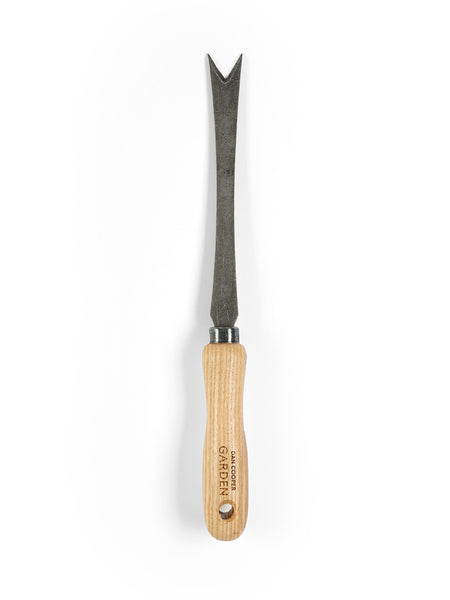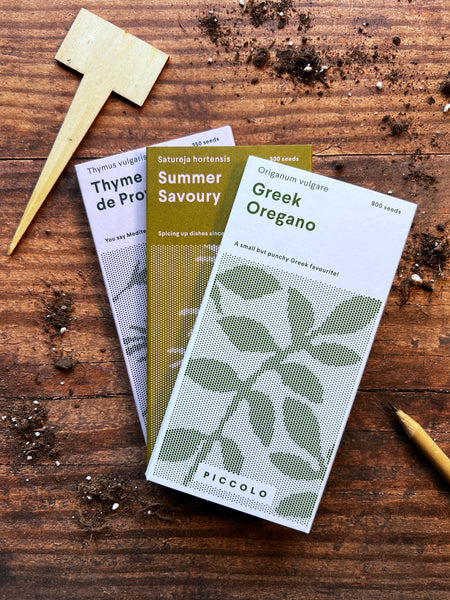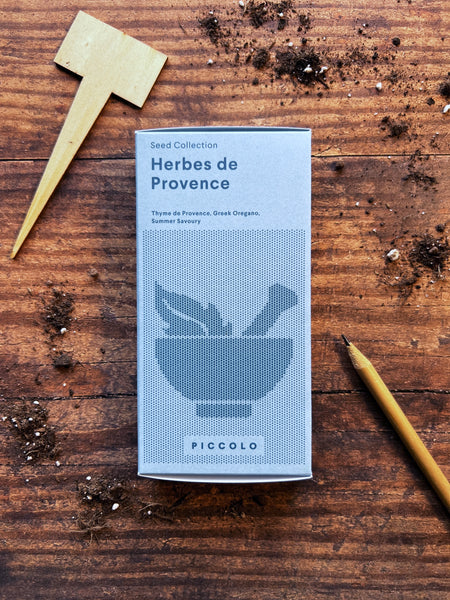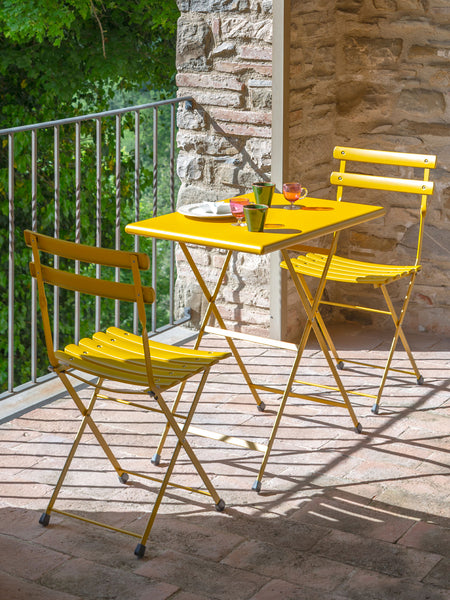The long, hot summer of 2022 was when our lawns turned brown, and autumn arrived early. The chances are that we won’t have to wait another 46 years for records set in 2022 to be broken, with 2025 already looking like a contender. Climate change is now tangible and gaining pace. So, what can we do to prepare our gardens for hotter, drier conditions? The good news is that we can build resilience and beauty into our outdoor spaces with some planning and clever design. If we're lucky, we might also benefit from spending more days in our gardens.
Before we get stuck, it’s worth taking a reality check: the summer of 2022 was spectacularly hot and dry, especially in the South, but it will be an exception rather than the rule. We’ll still experience cool, wet summers and cold winters as we did in 2022/3. Rainfall levels aren’t expected to change, but the timing and intensity of precipitation may differ, with an increase in torrential downpours and periods of drought. Hence, the solution for our gardens is not quite as simple as scouring the Mediterranean for drought-tolerant plants like lavender and cistus. They don’t appreciate the wet or cold and will prove short-lived in many gardens, especially those with heavy, moisture-retentive soil. What we need are plants that are tolerant of extremes.
When adapting our gardens for hotter, drier summers, several key elements must be considered, and all are interconnected.
- Hard materials - how permeable are they, and how much heat do they retain?
- Water - how can we minimise its use, retain moisture and reduce the risk of flooding when the heavens open?
- Temperature - How can we make the most of the sun while keeping our gardens cool and comfortable for relaxing and entertaining?
- Plants - what can we plant now that will excel in the future?
- Function - how might we use our gardens differently in a warmer world?
Hard Materials
Carefully chosen hard landscaping materials will help control moisture and keep gardens cool in summer. Impervious materials, such as concrete, paving, and tarmac, increase the risk of flooding in urban areas. It’s not that we shouldn’t use them in our gardens, but it’s a case of combining them with porous surfaces and planted areas so that water can soak away or be captured and saved for later use. Although permeable, artificial grass can become ferociously hot on a fine day.
Light-coloured materials reflect sunlight and remain relatively cool compared to dark materials that absorb and retain heat. However, in a south-facing garden, white walls and pale surfaces can create uncomfortable glare, making some shading necessary. A combination of materials is often the most effective approach. The higher the proportion of planting to hard landscaping, the cooler your garden will be, especially if the planting creates shade. Even lawns will be many degrees cooler than a hard surface, which is why we enjoy sitting on them so much.

Brick pavers set in Breedon gravel create a firm yet permeable surface in this Chelsea Flower Show garden designed by Sarah Price.
Water
Generally, we water our gardens far too often, to the extent they become reliant on irrigation rather than self-sufficient. We must change our relationship with treated water and adapt all aspects of our gardens to be more drought-tolerant.
If we look after our soil, almost everything else will come good. Adding compost, manure or pelleted wool improves water retention if the soil is light and thin. Adding grit and lime will improve drainage on heavy clay. Mulching with compost, chipped bark, or decorative gravel can reduce water loss by as much as 20%.
Further water can be saved by laying lawns and planting trees, shrubs and perennials in autumn rather than spring. New plantings will enjoy six months of cool, wet weather to establish a root system before any drought risk. Starting small with whips or plug plants helps plants establish quickly and builds resilience. What’s more, the cost of replacing losses will be relatively small. Conversely, large, pot-grown specimens demand regular watering and may take several seasons to establish. Watering thoroughly and deeply during a plant’s first year will set it up brilliantly for the future, especially for trees and shrubs.
Wherever space permits, storing rainwater is a necessity, whether it’s a functional water butt or a decorative feature such as a pond or metal tank. In large gardens, a shallow depression in an expanse of lawn can become a temporary lagoon during heavy rain, preventing water from flooding elsewhere.
We’d all like to avoid irrigation, but it’s necessary in some situations. Drip irrigation systems are exempt from water restrictions such as hosepipe bans because they’re relatively efficient. They are an excellent solution for roof gardens, terraces and hard-to-reach areas.
Temperature
A hot garden is not a comfortable garden. As summers get warmer, we need to start thinking more like Mediterranean, South African and Australian garden owners and incorporating shade-giving features. These can be temporary, for example, sails, parasols and awnings, or permanent features such as trees, pergolas and arbours.
Increasing the amount of planting also cools a garden. As a surface, plants, including lawns, do not heat up like hard materials and constantly add refreshing water vapour to the air. Water features work in the same way with the additional benefit of suggesting a degree of coolness, especially if there’s movement and sound.

Bearded Iris 'Kent Pride', spurges and rock roses light up a hot, dry corner at Sissinghurst Castle in Kent.
Plants
It might surprise you that native plants are among the most drought-tolerant, especially when established. That’s why we see them rebound so successfully after a hot summer. Where appropriate, native species are an excellent choice for hedges and wilder areas.
However, our gardens are generally filled with exotics from parts of the world with weather conditions quite different from the UK, and that’s unlikely to change. Some plants will relish drier conditions; others may struggle. What’s certain is that sappy, flimsy annuals and perennials on which cottage gardens rely are in for a rough time - we may need to expect less of them in the future.
Here are twelve plants that should flourish in hot, dry summers, provided the ground drains freely in winter.
- Agapanthus (African lily) - loves a hot summer, encouraging more blue or white flowers the following year.
- Ballota pseudodictamnus - an attractive foliage plant with felty, silver-grey leaves.
- Helianthemum - rock roses come in all the tutti-frutti colours and relish a dry, stony spot in the sun.
- Hylotelephium (Sedum) - autumn-flowering butterfly magnets!
- Bearded iris - magnificent and all the rage, but the flowering period is short in May and early June.
- Linaria (toadflax) - a pretty, upright plant that will seed itself through others and grow happily in walls or paving.
- Phlomis - tough, statuesque plants producing yellow, mauve or pink flowers.
- Salvia - a vast group of mainly drought tolerant flowering plants including rosemary and the popular cultivars ‘Amistad’ and ‘Hot Lips’.
- Stachys byzantina (Lamb’s ears) - few would not recognise this silver-leaved plant that’s graced cottage gardens for centuries.
- Stipa - a group of grasses that provide graceful accents in a dry garden
- Thyme - useful, clump or mat-forming herb that does not enjoy getting wet feet!
- Verbena - purple-flowered perennials that flower and flower and flower.
Function
Our enthusiasm for gardening, combined with unpredictable weather, means that traditional British gardens are designed to be enjoyed on the go or lingered in for as long as it stops raining. This will slowly change if we can rely on more prolonged periods of fine weather. We’ve already embraced bifold doors, modular seating, firepits, pizza ovens and hot tubs. In the future, we might live more extensively outdoors, introducing power sources, lighting, sound systems and kitchens to create a natural, flexible extension to our homes.
Climate change will undoubtedly challenge the concept of the English country garden, but not overnight. In urban areas, we’re already well on the way to accepting a new, more environmentally sensitive aesthetic, allowing for lower rainfall and more time spent outside. We will continue to learn from gardens in warmer climes, becoming more water-wise and discovering which plants are most adaptable to our changing weather.

